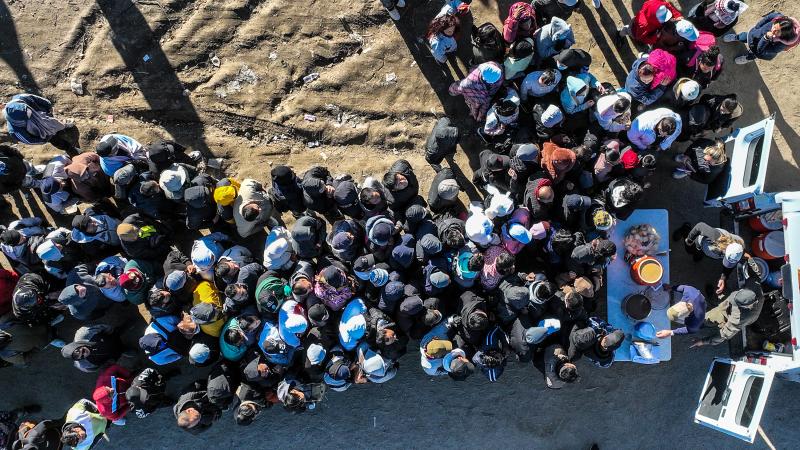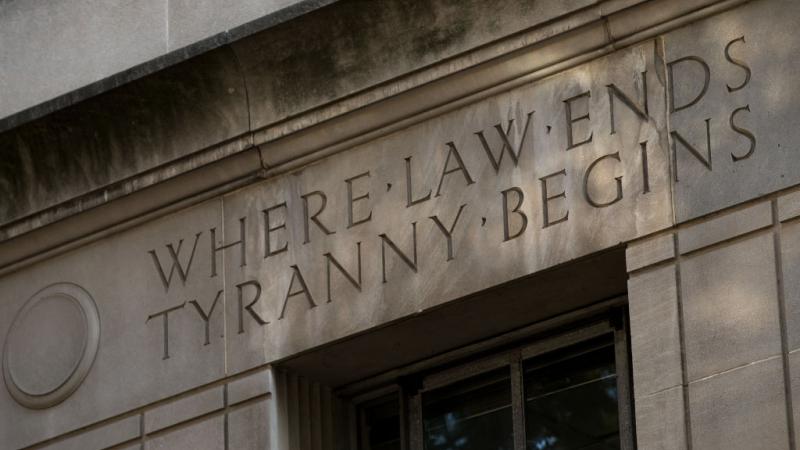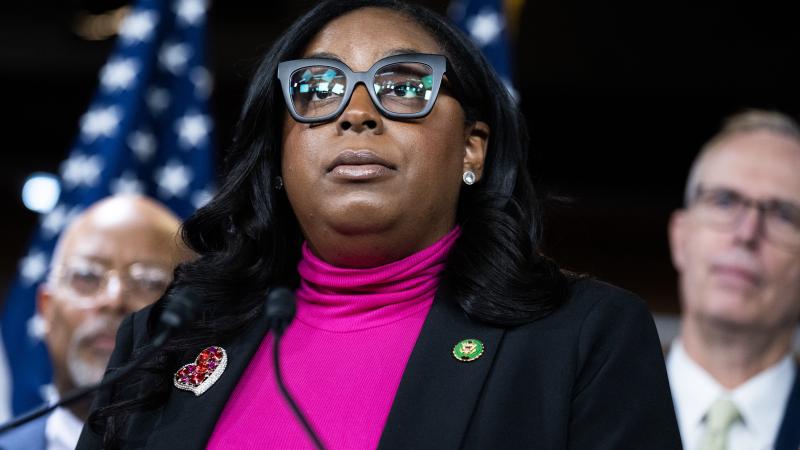Judge allows lawsuit against SF for creating drug, crime 'containment zone'
Recently, San Francisco adopted a curfew for businesses operating in the Tenderloin area over concerns that open businesses are hotspots for crime, drug dealing and drug use, and the fact that large crowds of criminals tend to vastly outnumber police patrols sent at them.
(The Center Square) - A federal judge is allowing most claims in a lawsuit against San Francisco to proceed, declining to dismiss allegations that the city-county turned the Tenderloin neighborhood into a drug and crime “containment zone.”
The lawsuit, which the City and County of San Francisco sought to dismiss, alleges that government actions encouraged addicts and dealers to come to the area.
These actions reportedly included operating a (now-closed) supervised drug consumption lounge, distributing drug paraphernalia, and allowing drug use and sales in city-run shelters.
“The policy of the City has been to corral and confine illegal drug dealing and usage, and the associated injurious behaviors, to the Tenderloin,” the complaint alleges. “Addicts living on the Tenderloin’s streets foreseeably support their habit by stealing (e.g. shoplifting, car break-ins, burglaries, robberies) and hawking the stolen merchandise on the sidewalks … [a]s their disease progresses, their mental and physical health declines, resulting in them acting erratically, ignoring serious medical problems, rummaging through trash, discarding garbage on the sidewalk around them, going partially clothed, and defecating in public.”
“The City-owned sidewalks in the Tenderloin are dangerous, unsanitary and no longer open and accessible to plaintiffs,” the lawsuit continues. “Those involved in narcotics sales block the entrance to [Plaintiff’s] building,” threaten them, and start smoky bonfires.”
Recently, San Francisco adopted a curfew for businesses operating in the Tenderloin area over concerns that open businesses are hotspots for crime, drug dealing and drug use, and the fact that large crowds of criminals tend to vastly outnumber police patrols sent at them. Business leaders wondered why San Francisco opted to shut down businesses instead of cracking down on crime.
“Residents living closest to congregation points for these groups, especially seniors and families with children, have expressed that they are so anxious about the hostile conditions they encounter on neighborhood sidewalks that they feel fearful to walk outdoors during the nighttime and early morning hours, when they are likely to encounter these groups engaged in drug-related activity and the debris generated by the groups,” wrote the mayor’s office regarding the curfew. “Large groups are difficult for the police to control and pose safety risks for officers, as the people engaged in illegal activity typically outnumber police officers on patrol.”
The conditions described by the mayor’s office are similar to those described in the lawsuit, which blames the city and county for the area’s state of being.
“Plaintiffs argue that the City’s acts, such as the operation of a congregate shelter which allows residents to use and sell narcotics; operation of narcotic consumption sites in the Tenderloin; instruction of SFPD to drop off addicts at the center; distribution or facilitation of the distribution of drug paraphernalia to addicts in the Tenderloin; and street-based support for those that reject shelter and live on the sidewalk have actively placed and encouraged addicts and dealers to come to the Tenderloin which was a substantial factor in producing the harm,” the judge’s decision to allow five of the six claims against San Francisco to move forward noted.
The plaintiffs are pursuing six claims — a state-created danger claim under the due process clause of the 14th Amendment, a violation of the California Disabled Persons Act for the difficulty of accessing sidewalks, a private nuisance charge, and a public nuisance charge. The judge dismissed the state-created danger claim, arguing the plaintiffs “have not alleged a sufficiently serious injury” that meets the threshold of “serious cases of assault, shootings, and death” established under the Ninth Circuit.
The judge’s refusal to dismiss the five remaining claims suggests that there is at least some potential and a basic level of evidence for the claims to merit further proceedings.















